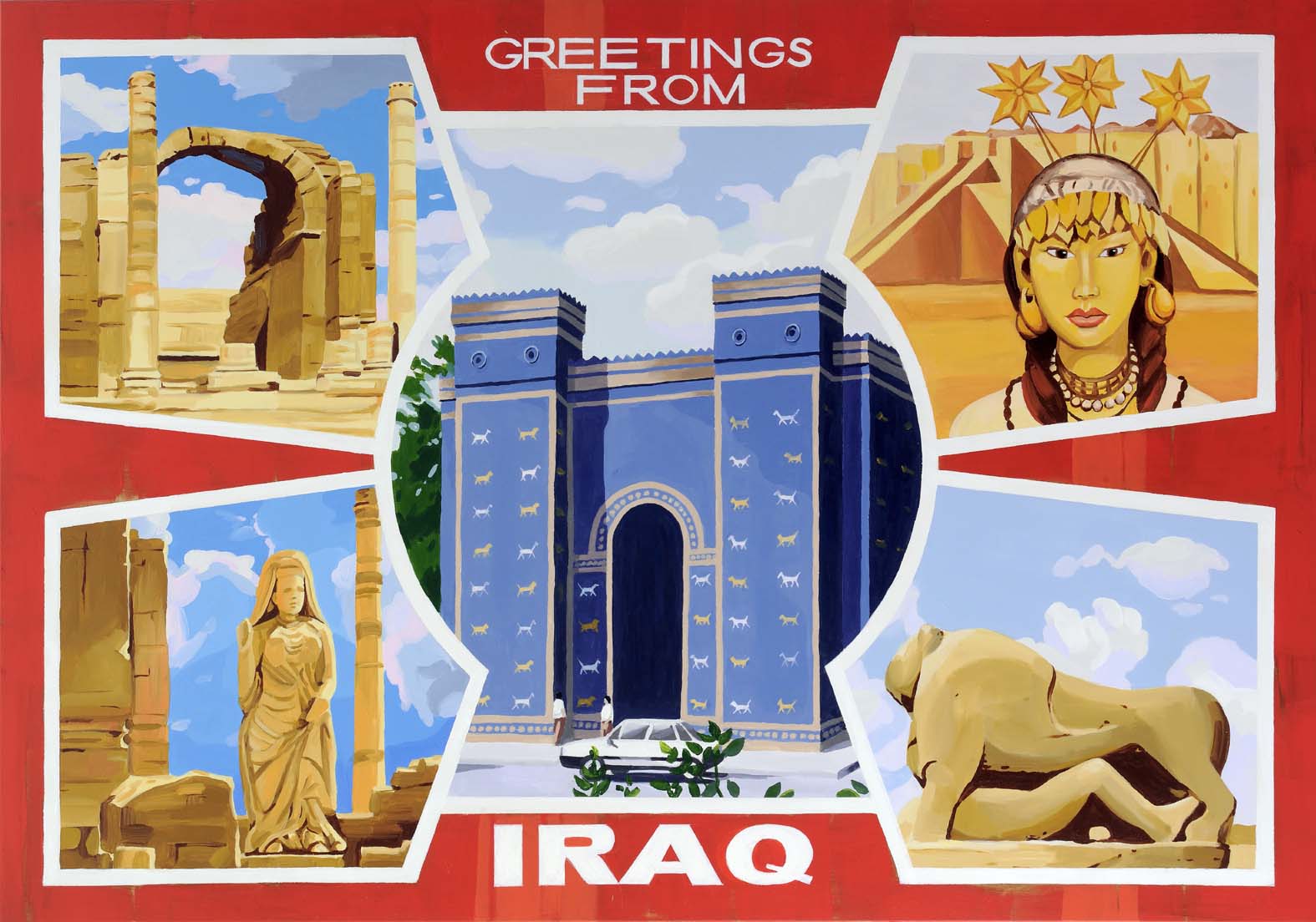we thought of 6 main categories that print involves itself in:
- format
- colour
- production
- process
- finishing
- stock
design for web is dynamic and can be changed, whereas design for print is finite and cannot be changed at the last stage.
we were asked to identify different processes for design for print -
foiling, spot varnish, litho-print, linocut, monoprint, screen print, digital print, intaglio print, letterpress, etching, collagraph, risograph print, woodcut print, embossing, laser printing, block printing, silver gelatin.
we were then asked to identify two examples of each category of print.
1. Format - format relates to the size and scale of something printed and encompasses readability, quality (in relation to pixelation), and purpose.
- billboard -
- postcard -
2. Colour - colour relates to the tones, hues, and shades that are involved in a design for print and how these are replicated through print.
- greyscale -
- CMYK -
3. Production - production relates to the different methods involved in producing a print.
- choice of ink -
- colour matching -
4. Process - process relates to the way in which a design is printed.
- screen printing -
- linocut -
5. Finishing - finishing relates to the different end additions to a print to give it different effects or aesthetics.
- laminate -
- sealing -
6. Stock - stock relates to the type of paper or card or other material used to be printed on.
- cartridge paper -
- aluminium sheets -
we were also asked to consider some processes for print that we would like to learn or improve on this year:
learn - collagraph printing. lino cut printing.












No comments:
Post a Comment